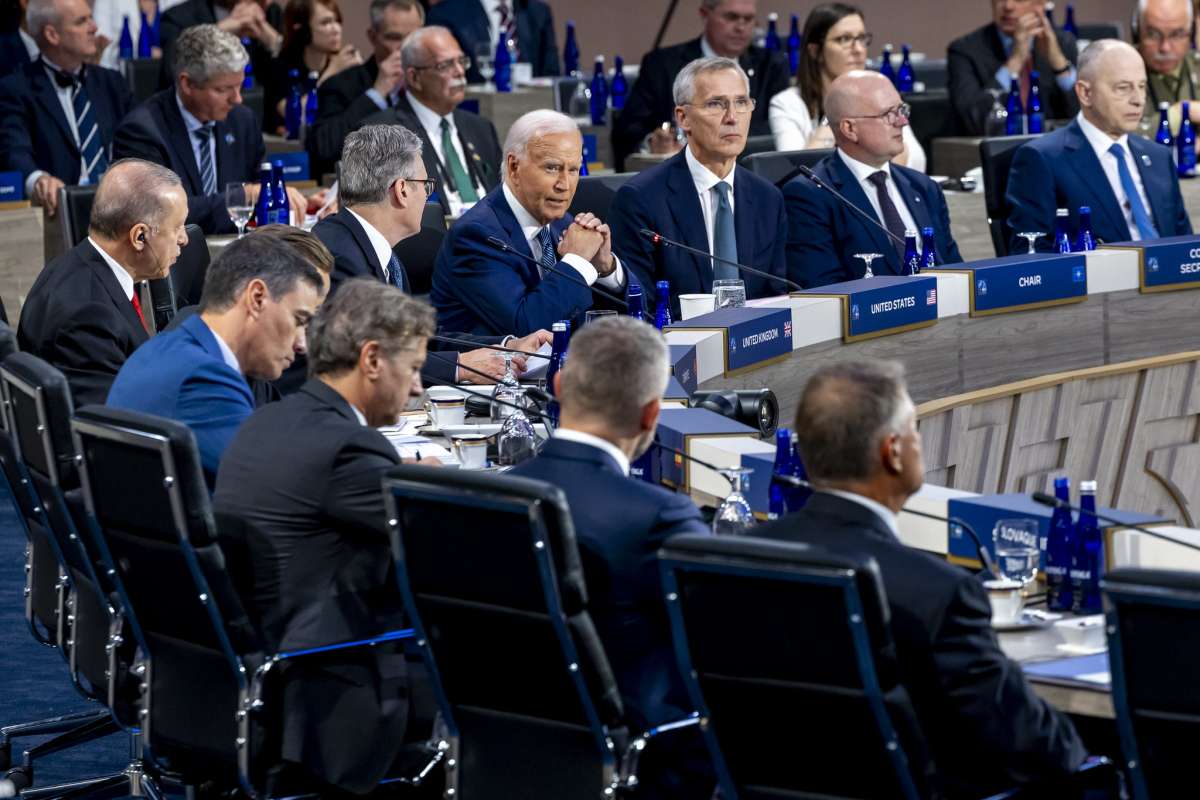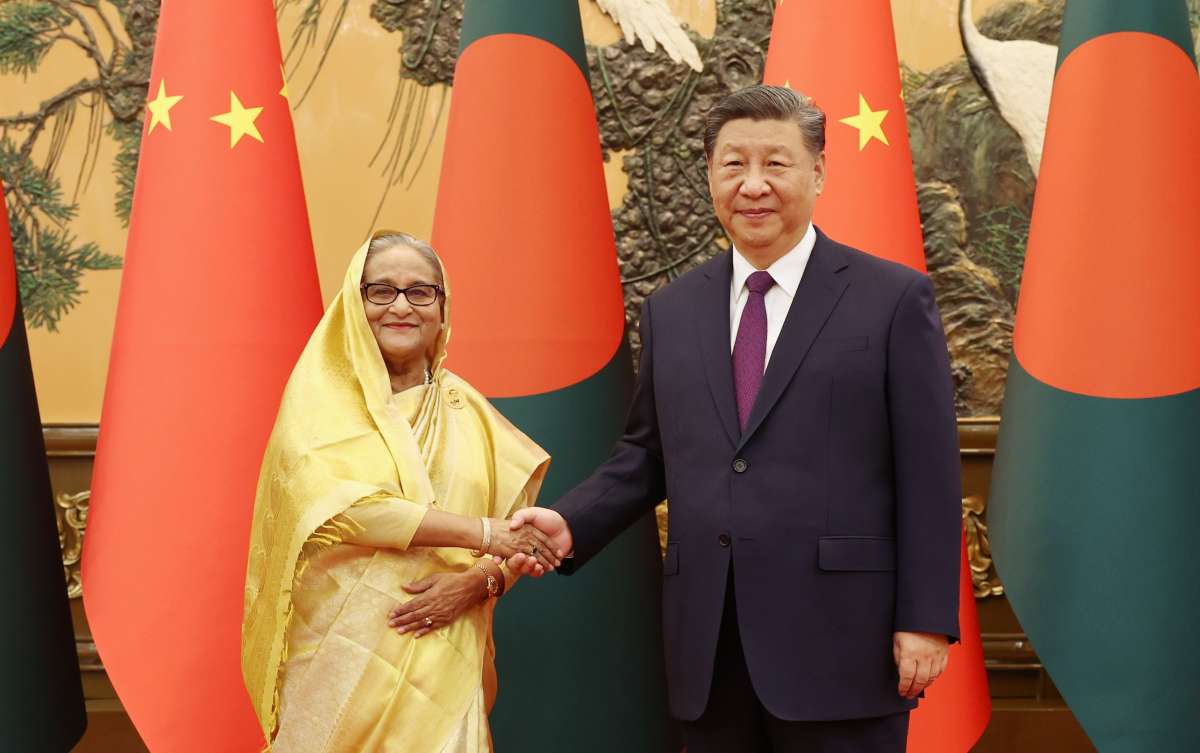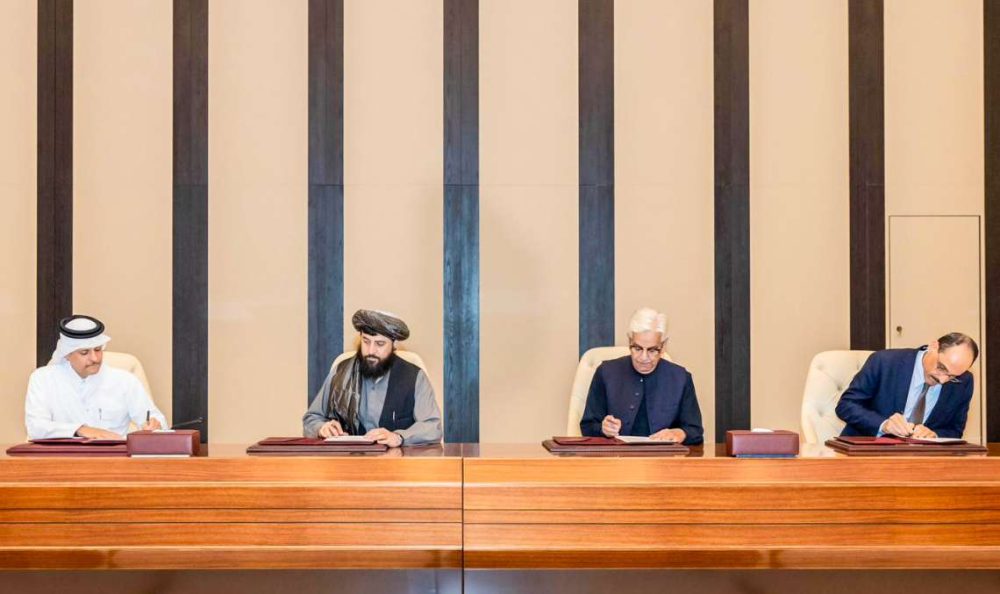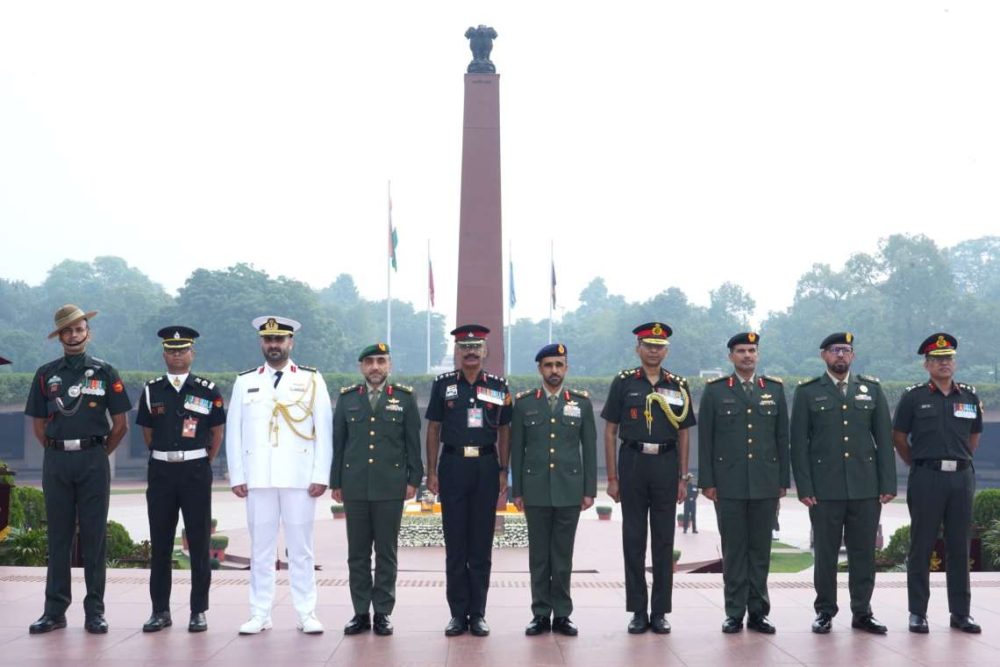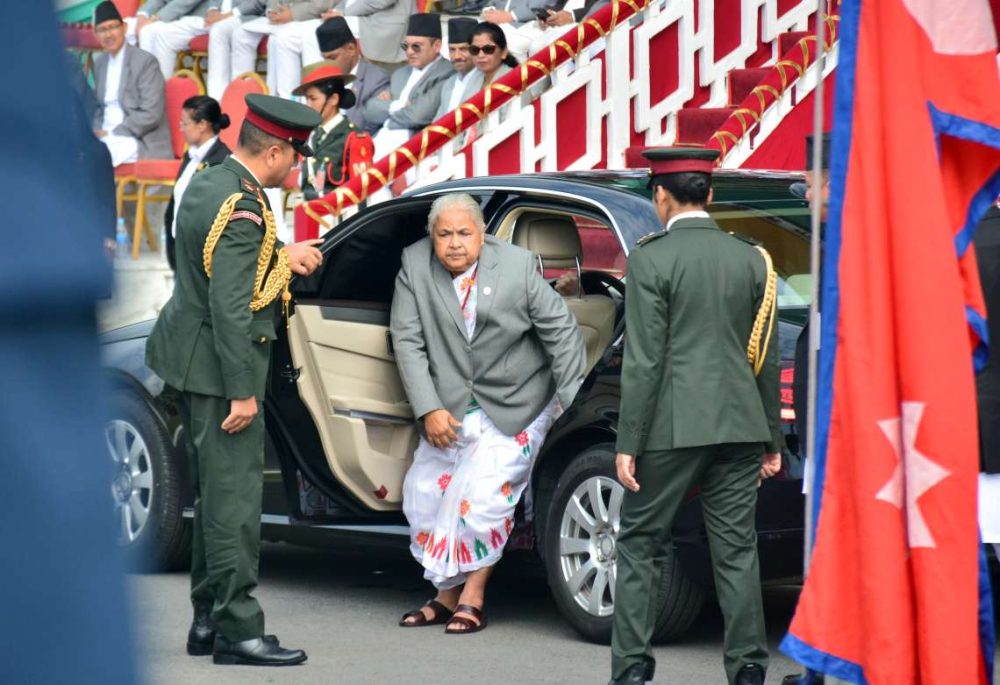The 11-day China-Belarus military drill, named ‘Eagle Assault, is taking place near Poland’s border. Belarus’ alignment with Russia has posed challenges for NATO, particularly due to its proximity to Poland. The introduction of China into the equation, given its budding relationship with Moscow and limited Eastern European presence, is expected to complicate matters further … writes Dr Sakariya Kareem
The Chinese and Belarusian military forces initiated a joint anti-terrorism exercise on July 8 in Brest, close to Poland’s border, a NATO affiliate. The 11-day operation, named ‘Eagle Assault,’ is set to end on July 19. Intriguingly, the eagle, specifically the bald eagle, has been the United States’ national bird and symbol since 1782, appearing on the Great Seal and other official insignia.
As per the Chinese Defence Ministry’s earlier statement, the primary focus of these exercises is on counter-terrorism activities, including tasks such as hostage rescue. Images shared by the Defence Ministry of Belarus depict troops from the Chinese People’s Liberation Army (PLA) landing in Belarus aboard a Y-20 strategic transport plane. Chinese specialists, in discussions with the government-run Global Times, suggested that these joint exercises would contribute to peace and stability in Eastern Europe amid unconventional security threats. They further stated that both China and Belarus stand to gain from enhanced security and defence collaboration within the SCO context.
Following Belarus’ official entry into the SCO as the tenth member, Chinese and Russian-led drills have commenced. This marks the first landing of a Chinese transport plane in Belarus, despite previous invitations to Russia. This could be the PLA’s inaugural joint exercise near NATO borders.
Belarusian Foreign Minister, Maxim Ryzhenkov, expressed appreciation, stating that Belarus swiftly acknowledged the SCO’s potential and steadily pursued full membership. He emphasized that the SCO is not merely an international structure, but a strategic perspective and a new security for Belarus. However, the drills have been met with disapproval from Poland and Ukraine. Ukraine perceives it as an extension of Belarusian and Russian psychological warfare amidst the ongoing violent conflict in Ukraine.
In May, Ukraine’s National Security and Defence Council’s Disinformation Counteracting Centre warned of Belarus initiating an info-psychological campaign against Ukraine. The aim, it suggested, was to stir fear among Ukrainians and force Kyiv to divert some forces to the Belarusian border, thereby creating a second front.

Belarusian leader, Alexander Lukashenko, remained silent on whether the joint drills with China were linked to the Ukraine conflict, despite escalating tensions with Kyiv. Belarusian military officials accused Ukraine of attempting to pull Belarus into the conflict by deploying troops near the border, a claim Kyiv denies. Belarus, Russia’s sole regional ally, has allowed Russian forces to use its territory and airspace, though it hasn’t directly engaged in combat. Furthermore, Russia has stationed tactical nuclear weapons in Belarus and conducted tactical nuclear drills, sending a potent signal to NATO.
Belarus’ alignment with Russia has posed challenges for NATO, particularly due to its proximity to Poland. The introduction of China into the equation, given its budding relationship with Moscow and limited Eastern European presence, is expected to complicate matters further.
China’s Inroads In Eastern Ukraine Bordering NATO
China’s growing military ties with Belarus and the forthcoming exercises are noteworthy, especially as NATO nations are increasingly engaging in the Indo-Pacific, a region where China is asserting its dominance. For instance, this month will see 30 aircraft from Spain, France, and Germany’s Air Forces participating in training drills with Japan’s Air Self-Defence Force. This marks the first joint deployment of these NATO nations in the Indo-Pacific, as part of the two-month Pacific Skies initiative. Interestingly, these exercises coincide with the conclusion of the Chinese-Belarusian drills on July 19.
Military observers on social media suggest that China’s intensifying alliance with Belarus serves to signal NATO and establish deterrence. Experts highlight that Belarus, previously used by Russia, is now a strategic asset for China to assert power and communicate its presence on NATO’s vulnerable eastern flank.
US defence analyst Ben Lewis, when queried about China’s deployment vis-a-vis NATO, stated that China’s growing ties with Belarus are part of a broader strategy to unite Western-averse states into an alternate global order. This move also serves to challenge NATO, which perceives China as a threat.
Lewis elaborated, “Beijing’s assistance to Moscow in Ukraine has been inventive. It’s not just about material aid; psychological operations and information warfare, aimed at influencing motives, reasoning, and ultimately the behaviour of governments and large foreign powers, have been integral to this support.”
Don McLain Gill, a geopolitical analyst based in the Philippines and lecturer at DLSU, shared with the media that “China sees Belarus as an additional stronghold in Eastern Europe. This aligns with China’s objective of maintaining proximity to Western-opposed countries for potential long-term geopolitical plans. Despite Belarus’ material limitations, its geographical position in Europe is of significant interest to Beijing.”
In light of this theory, China’s growing relationship with Hungary, an Eastern European NATO member, is noteworthy. Hungarian leader Viktor Orban began a Beijing visit on July 8. Some speculate that China’s Belarus outreach may be a Russia-China strategy to constrain Ukraine. While the US and NATO allege China is aiding Russia’s military against Ukraine, China denies these claims.
It’s worth noting that China’s military presence in Belarus follows recent criticism from NATO’s chief regarding China’s supposed support for Russia’s Ukraine invasion over several months. Jens Stoltenberg, NATO Secretary General, stated last month, “On the surface, President Xi appears to be distancing himself from the Ukraine conflict to evade sanctions and ensure uninterrupted trade. However, the truth is that China is contributing to the most significant armed conflict in Europe since World War Two, while simultaneously seeking to maintain positive ties with the West. Beijing can’t play both sides.”


